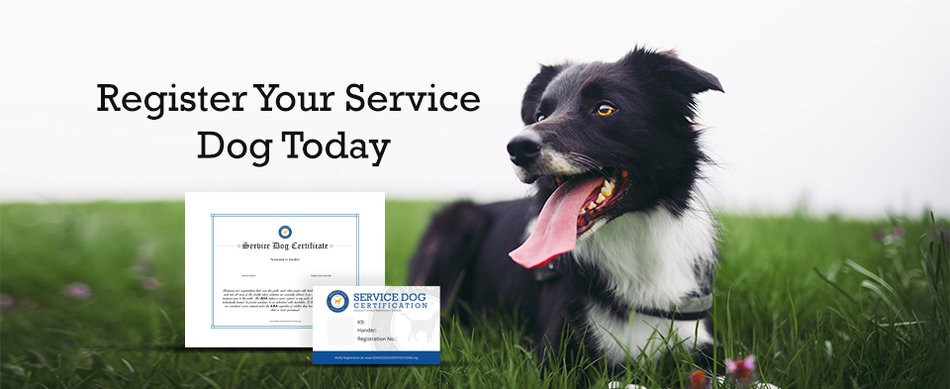Taking a Service Dog to a National Park
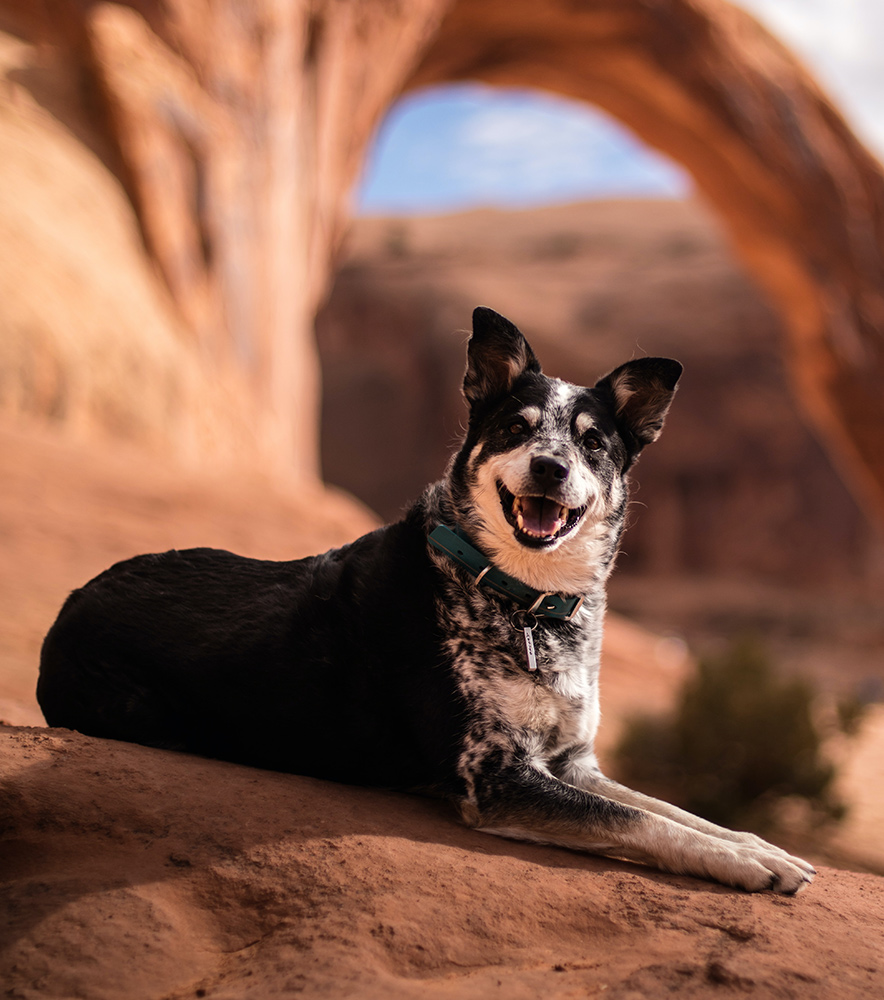
There’s nothing that dogs love more than being outside in nature, so you may find yourself one day planning a trip to a National Park with your service dog. Before you start your plans, you may want to plan. Knowing the natural environment and what rules and laws apply to your service dog can make your trip less stressful and much more pleasurable in the long run.
It’s important to know that federal laws prevent restrictions on service animals, even in national parks. However, there may be other restrictions that apply under certain conditions. For example, a service dog may be permitted in a national park but not allowed on trails that may endanger wildlife or other people.
The Right Gear for Your Service Dog When Visiting National Parks
The type of protection and gear you bring with you can keep you and your dog safe on your journey. Your service dog may be a hero but still needs protection from the weather and terrain. Prepare for the appropriate climate and environmental needs of your service dog.
For example, desert areas are beautiful but can be dangerous if you’re not prepared. Desert trips often require special dog boots to keep your service dog’s paws from burning on the hot ground. Dogs with thin fur or exposed skin may need doggy sunscreen or a covering. Most of all, extra water and food are always necessary for the desert due to the risk of dehydration.
A winter trip or hike in a national park have their own considerations. Dogs that don’t have thick fur often need extra coverings and boots or may not tolerate the cold at all.
Whenever you take a trip—to a national park or eslewhere—a first aid kit for you and your service dog is always a must.
Service Animal Permits and Rules in National Parks
Some national parks may be required a permit for your service dog. These permits allow the park to keep tabs on your presence for the safety of you and your service animal. For example, Yellowstone National Park requires such a permit for service dogs.
Many national parks require service dogs to be leashed, pet food to be stored appropriately, and feces properly disposed of. These rules must be obeyed and are meant to keep visitors safe and to preserve the surrounding wildlife.
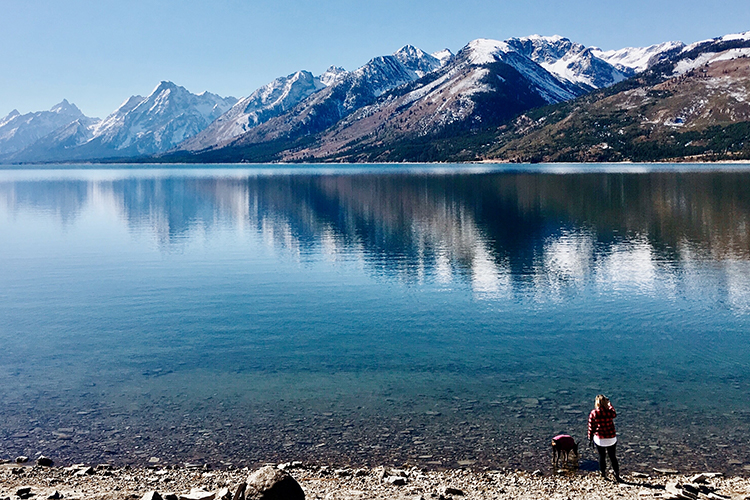
Caping Your Service Dog
Although you won’t be required to cape your dog at a national park, it’s still a good idea to do so. By placing an easily identifiable service dog cape on your canine, a park ranger can spot your dog right away—even through binoculars. It will keep your dog safe, inform park employees, and show other park goers that your service dog is on the job.
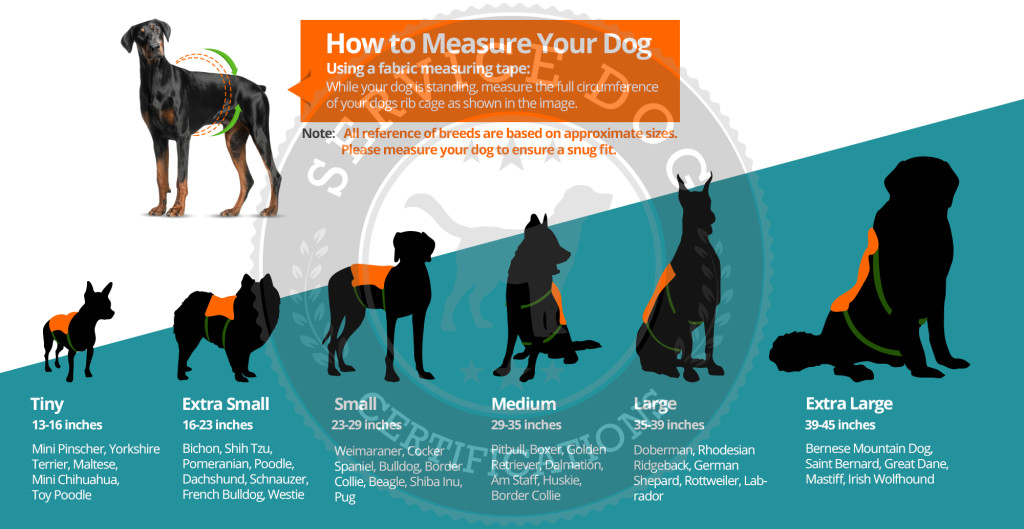
National Park Access Pass and Your Service Dog
A National Park Access Pass is an excellent option; it gives you free, lifetime admission to national recreation sites, including all the National Parks Service parks. The pass is available to citizens and permanent U.S. residents who have a permanent disability or activity limitations. The disability does not have to be 100% but does need to impede on a significant life activity, such as grooming, working, learning, or speaking. Although the Access Pass itself is free, a processing fee of ten dollars is required.
For people with service dogs, an Access Pass identifies you as a service dog owner to National Park Service employees and allows you to be with your service dog without disputes. An Access Pass not only provides free access to National Parks but ensures that your service dog can remain by your side with fewer interruptions.
Denial of Access of a Service Dog in National Parks
Because the general public is allowed access to national parks, you and your service dog are also allowed access. Unfortunately, you may encounter a park employee who might be unfamiliar with federal disability laws, and they may deny you and your service dog access. If you’re denied access to a park because of your service dog, you can file a complaint here.
Enjoying the National Parks With Your Service Dog
Your disability doesn’t prevent you from enjoying the National Parks, especially if you have a service dog. However, your service dog is also your responsibility. You may come across other visitors, as well as park employees, and so your service dog must remain well-behaved at all times. What’s more, parks commonly require leashes on service dogs, both for the dog’s safety and wildlife safety. But with a little planning, you and your service dog can explore the great outdoors safely together.
About the Author: The writing team at Service Dog Certifications is made up of folks who really know their stuff when it comes to disability laws and assistance animals. Many of our writers and editors have service dogs themselves and share insights from their own experiences. All of us have a passion for disability rights and animals.
Latest Posts
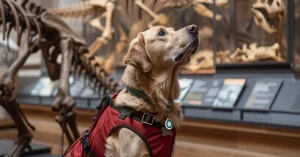
Can you bring a service dog to a museum?
Yes, you can bring your service dog to the museum! All the major U.S. museums welcome guests with service animals in accordance with the Americans with Disabilities Act (ADA). There are some areas, however, that might be off-limits. Here’s what you should know if you plan to spend a day at the museum with your […]

Read More
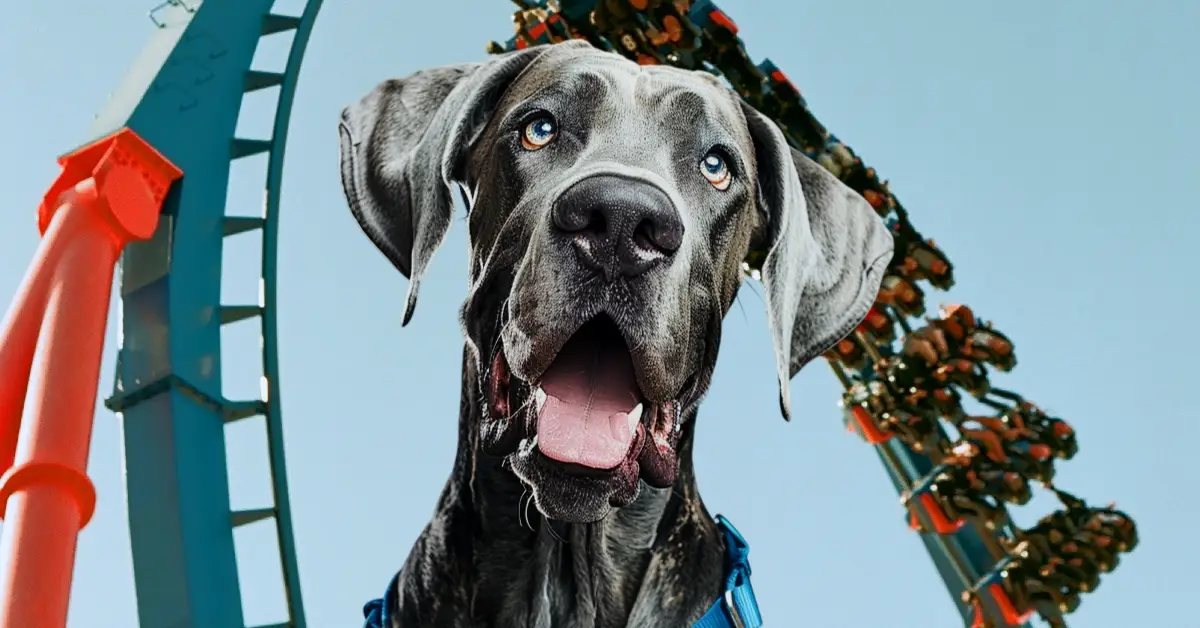
How to Bring a Service Dog to Six Flags Magic Mountain
Service dogs are welcome at Six Flags Magic Mountain so long as they are, according to Six Flags, “trained to do work or perform tasks for people with disabilities.” Of course, your dog must be housebroken and remain on a leash or harness and under your control while at the park — and the park […]

Read More

When Stores Can Refuse Your Service Dog
According to the Americans with Disabilities Act (ADA), service dogs should be allowed into any store most of the time. A store owner can legally exclude a service dog if they are actively growling, snapping at, or frightening customers, or if the dog is obviously out of the control of its owner. Ordinary behaviors — […]

Read More
